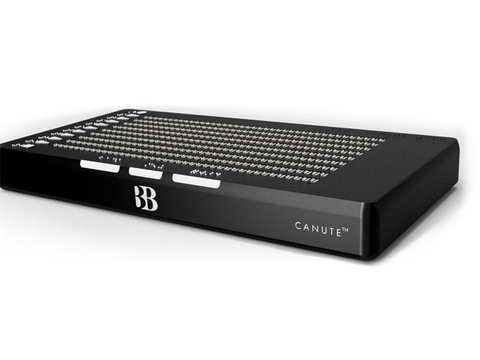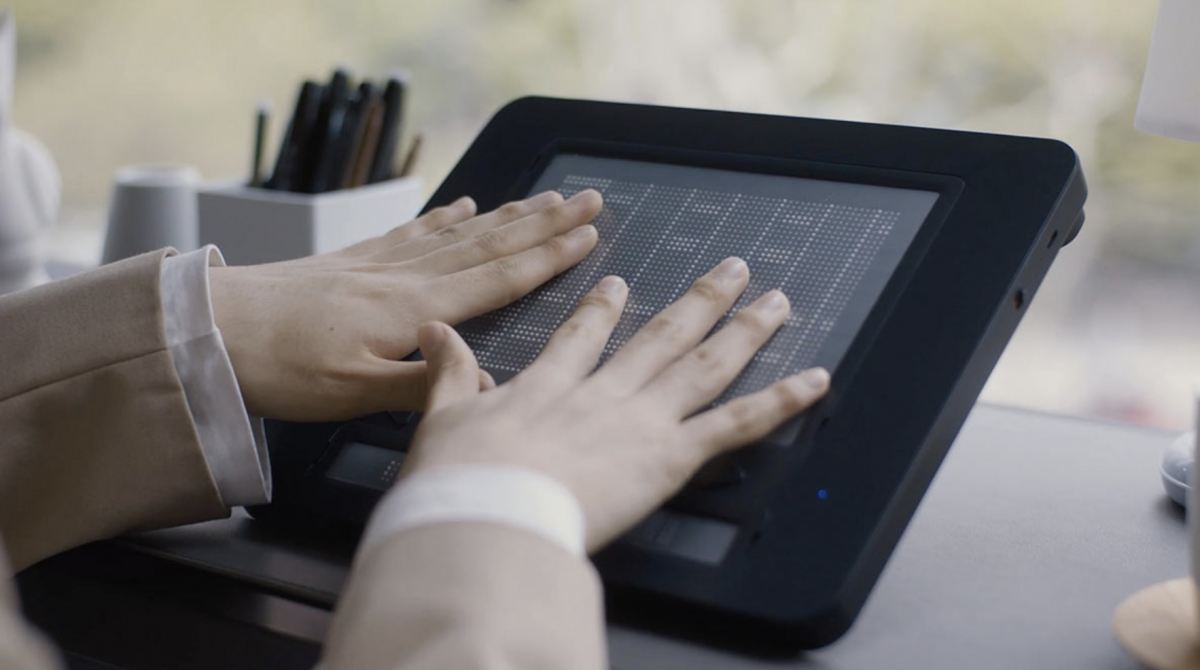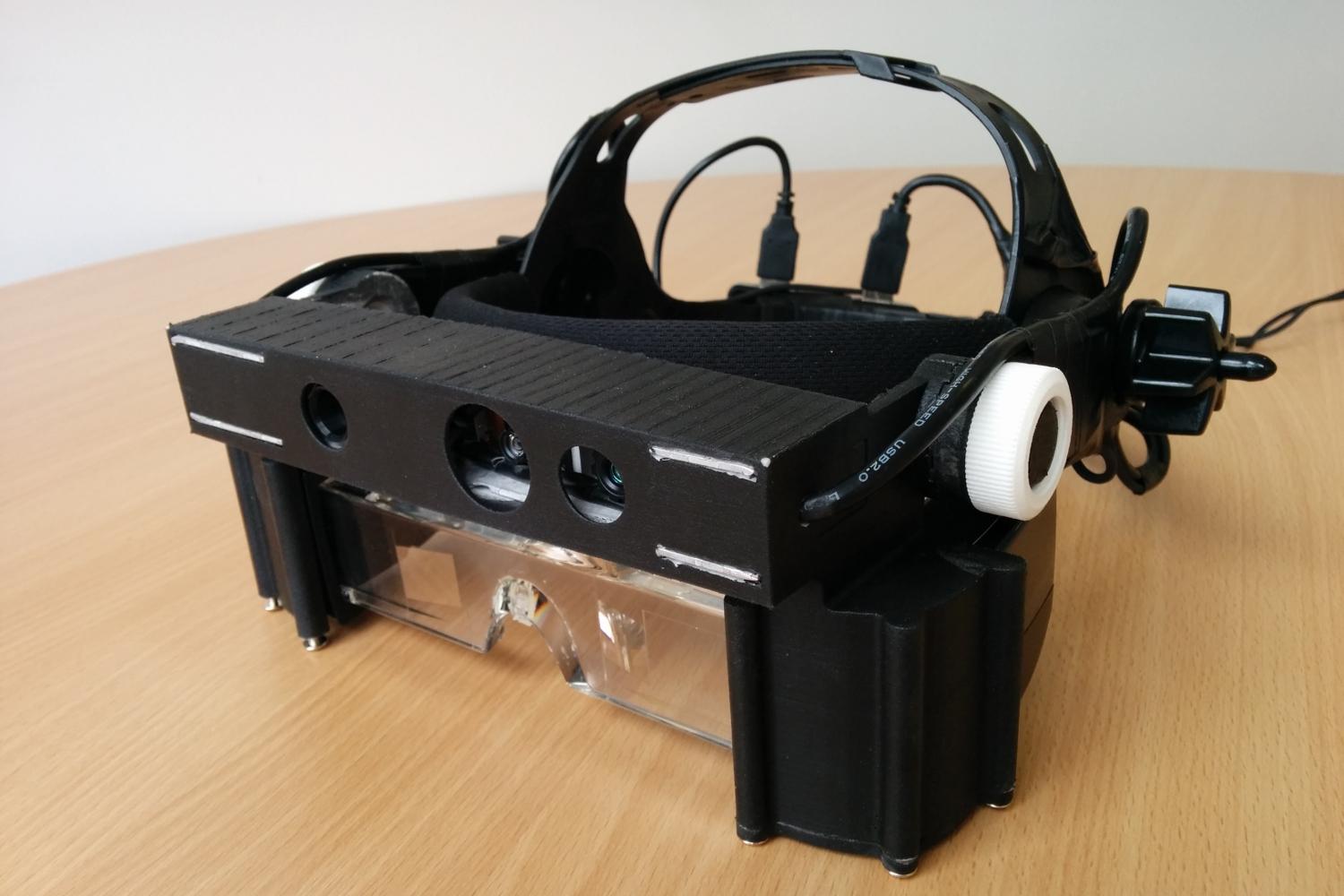Assistive Technology for the Blind: Tools to Transform Lives
Assistive Technology for the Blind: Tools to Transform Lives
Blog Article
Empowering Self-reliance With Assistive Technology for the Blind
The integration of assistive modern technology right into the lives of individuals with aesthetic disabilities represents a substantial improvement in promoting freedom and self-sufficiency. From ingenious screen readers to innovative wise canes, these devices not only enhance day-to-day navigation and interaction yet likewise equip users to involve meaningfully in numerous elements of life. As we explore the myriad benefits and real-world applications of these modern technologies, it ends up being important to analyze the underlying variables that add to their efficiency and the capacity for future growths in this important area.
Summary of Assistive Modern Technology

The advancement of assistive modern technology is grounded in concepts of inclusivity and empowerment. Developments in software, hardware, and sensory improvements offer customers with choices customized to their particular demands. From screen visitors that transform text to speech, to responsive devices that communicate details through touch, these devices change the method people involve with their surroundings.
Along with practical applications, assistive innovation cultivates greater social addition and engagement in various markets, consisting of education and employment (Braille displays and notetakers). As r & d continue to advance, the potential for assistive innovation to further improve the lives of aesthetically impaired people remains promising, leading the way for a much more fair culture where every person can grow
Sorts Of Assistive Devices
A variety of assistive devices have emerged to support individuals with aesthetic impairments, each designed to meet specific needs and improve everyday functioning. These gadgets vary from low-tech solutions to state-of-the-art developments, providing diverse choices for individuals.
Low-tech gadgets consist of magnifiers and large-print products that aid in analysis and writing. Braille devices, such as Braille stylus pens and slates, make it possible for tactile reading and communication. Orientation and wheelchair aids, like white walking sticks, assist users navigate their atmosphere securely.
On the higher end of the spectrum, digital zoom systems and screen visitors supply considerable support. Digital magnifiers allow individuals to increase the size of text and images on displays, while screen viewers transform digital web content right into synthesized speech, assisting in accessibility to info on smartphones and computer systems.
Mobile phone applications likewise play an important function, offering functions like message recognition and navigation support. Wearable modern technology, such as wise glasses outfitted with enhanced reality, is becoming an appealing tool to enhance situational understanding.
Advantages of Assistive Technology
The integration of assistive modern technology considerably boosts the quality of life for people with visual disabilities. These modern technologies equip individuals by promoting freedom, enabling them to navigate their settings better and execute everyday tasks with higher simplicity. Screen readers and magnifying software program enable people to access digital details, promoting specialist and instructional opportunities that might have formerly been out of reach.
Additionally, assistive devices such as clever walking canes and GPS applications offer real-time navigating aid, boosting mobility and security. This raised autonomy not only boosts self-confidence however also urges social engagement, enabling customers to get involved even more fully in their neighborhoods.
Assistive innovation likewise facilitates interaction, aiding users get in touch with others via voice recognition and text-to-speech applications. This capability is crucial for maintaining connections and accessing essential information.
Additionally, the personalization options readily available with many assistive technologies ensure that customers can tailor glasses shop near me gadgets to their particular demands, further improving use and effectiveness. Overall, the advantages of assistive modern technology for individuals with visual impairments are extensive, promoting a more inclusive culture where everyone can seek their objectives and goals.
Case Research Studies and Success Stories
Highlighting the transformative influence of assistive technology, numerous case research studies show just how individuals with aesthetic disabilities have successfully incorporated these devices into their lives. One compelling example involves an university pupil who utilized screen analysis software program to browse online sources and academic products efficiently. This technology not just facilitated her education however also enhanced her confidence in joining discussions and team jobs.
Another study includes visit site an expert that uses a mobile phone application designed for navigating and item recognition. By utilizing this application, he has restored freedom in both his personal and workplace, allowing him to commute independently and involve with associates extra properly.
Furthermore, a retiree shared her experience with braille e-readers, which allowed her to access a large variety of literary works and remain connected with her area via publication clubs.
These success tales emphasize the essential function of assistive modern technology in cultivating freedom, boosting top quality of life, and advertising social integration for individuals with aesthetic impairments (OCR devices for the blind). By embracing these innovative tools, users can conquer challenges and confiscate possibilities that add to their personal and professional fulfillment

Future Patterns in Assistive Innovation
Development in assistive technology is poised to redefine the landscape of assistance for individuals with visual problems. Emerging patterns emphasize the assimilation of expert system (AI) and machine discovering, which improve the functionality of tools that aid with navigation and information access. AI-driven applications are now qualified of translating aesthetic data in real-time, making it possible for users to involve with their setting a lot more separately.
In addition, the advancement of wearable technology is advancing swiftly. Smart glasses outfitted with enhanced fact (AR) can supply audio descriptions of surroundings, changing just how users interact with public spaces. These devices not only advertise freedom however additionally foster social addition.
Additionally, the Web of Points (IoT) is making homes smarter, enabling for seamless connection in between assistive gadgets and daily appliances. This connection equips users by allowing voice-activated controls and computerized responses tailored to specific requirements.
Conclusion
Finally, assistive check my source innovation plays a pivotal role in equipping people with visual impairments by improving their freedom and involvement with their surroundings. The varied series of gadgets and applications readily available not only helps with navigation and communication however additionally advertises social integration and opportunities for individual and professional growth. As advancements proceed in this area, the potential for boosting the high quality of life for those with visual impairments will certainly increase, cultivating greater freedom and empowerment.

Report this page